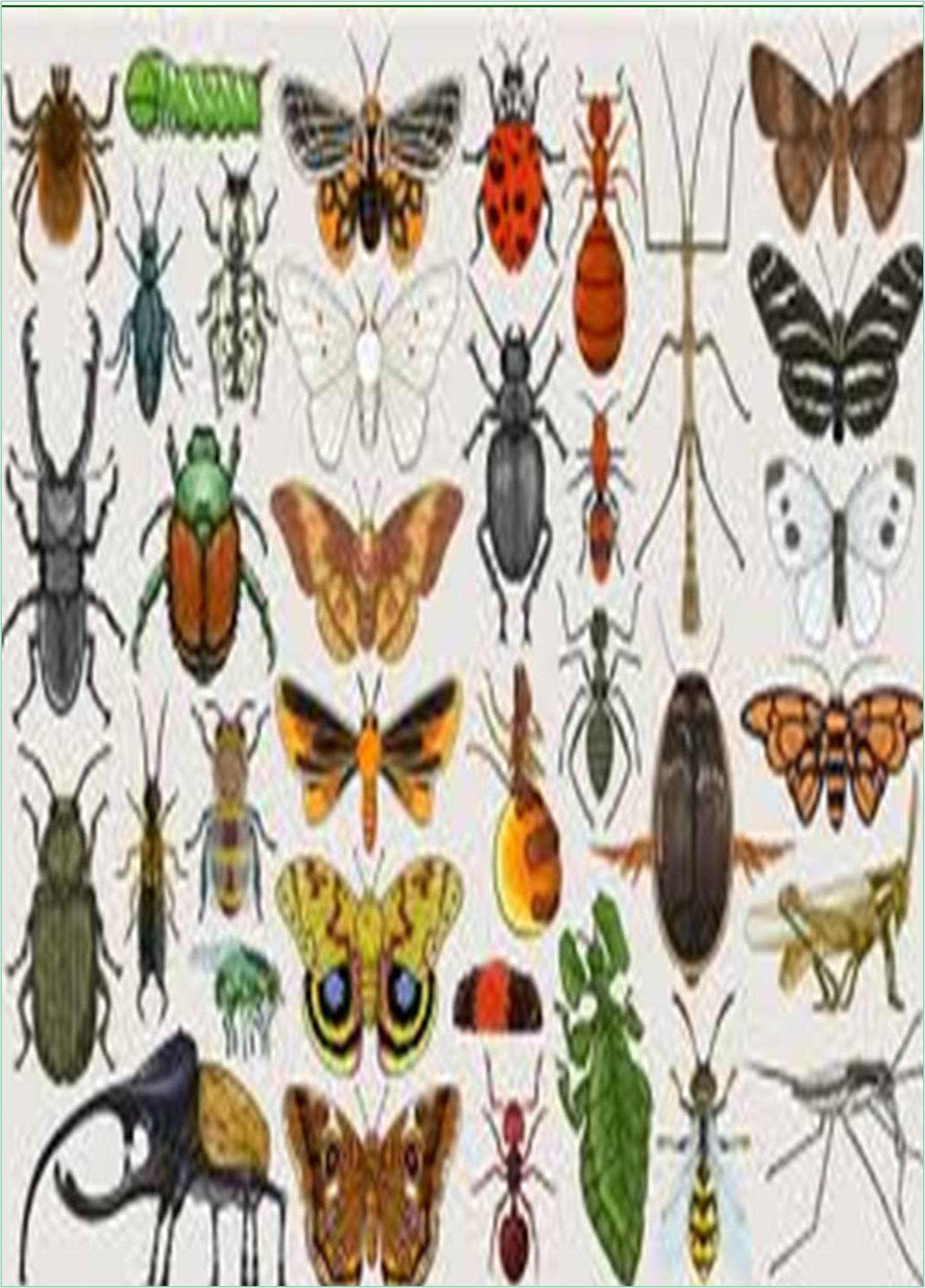



Received: 15-Nov-2022, Manuscript No. IJER-23-84564; Editor assigned: 18-Nov-2022, Pre QC No. IJER-23-84564 (PQ); Reviewed: 02-Dec-2022, QC No. IJER-23-84564; Revised: 08-Dec-2022, Manuscript No. IJER-23-84564 (R); Published: 16-Dec-2022, DOI: 10.15651/IJER.22.9.012
Insect infestation is a significant issue in agriculture and forestry, and it is usually managed with insecticide sprays or plant varieties that have undergone genetic modification. The situation has gotten worse over the past ten years as a result of the growth of insect pest resistance and the removal of numerous insecticides off the market due to their toxicity. Due to the high expense of chemical production and pheromone administration, pheromone-based strategies for pest management have been used for over 30 years, but largely for high-value fruits. Pheromones will become a commercially viable pest management tool for low-value row crops as biotechnology-based approaches to pheromone synthesis emerge. This study discusses the developments in pheromone biosynthetic pathway discoveries as well as the current engineering of yeasts and plants for pheromone recombinant production.
Pheromones have replaced traditional insecticides as an eco-friendly pest control method. Since today's manufacturing technologies can't yet create pheromones at low enough costs to enable their usage for lower-value crops, especially commodity crops, the majority of pheromone-based pest control solutions target lepidopteran pests of high-value crops. The oil used to separate, purify, and create the final pheromone came from Camelina sativa seeds that had been genetically altered to express hexadecenoic acid, a precursor to several moth species' sex pheromones. The field management potential of trap lures containing this pheromone for moth pests was then evaluated. In monitoring the diamondback moth, Plutella xylostella, in cabbage and preventing the mating of the cotton bollworm, Helicoverpa armigera, in common bean fields, plant-derived pheromone lures were just as successful as synthetic pheromone lures. Our research shows that metabolic engineering of an oilseed crop can produce pheromones in plant factories with biological efficacy and commercial viability.
Many nations have implemented rules to address these issues and lessen the reliance on neuro active insecticides for pest management, providing an opportunity for alternative pest control methods to establish themselves in the market. Use of sex pheromones to stop or lessen harm from insect pests through monitoring, mass capture, or mating disruption is one particularly promising tactic. Sex pheromones are generally species-specific chemical signals that cause members of the same species to behave or experience certain bodily changes. Their roles in mate communication and reproductive isolation are connected to their species specificity, which is frequently achieved by a mixture of structurally identical molecules in a precise ratio. To date, mating disruption using sex pheromones has found its readiest market in high-value horticultural fruit and nut crops but has also been put to use in forestry and stored product. Pheromones are already used for pest control through ‘attract and kill’ or mating disruption strategies, but new methods of making these complex molecules are needed. Insect sex pheromones are used to trigger sexual confusion in the target species and prevent them from laying eggs in the crop, a sustainable alternative to conventional, evermore controversial chemical-based pesticides.
The alternative, eco-friendly pheromones can be purified from the plants and used in dispensers. In the future, it may be possible to grow the pheromone-producing plants alongside the crops for wider, more efficient pest control.